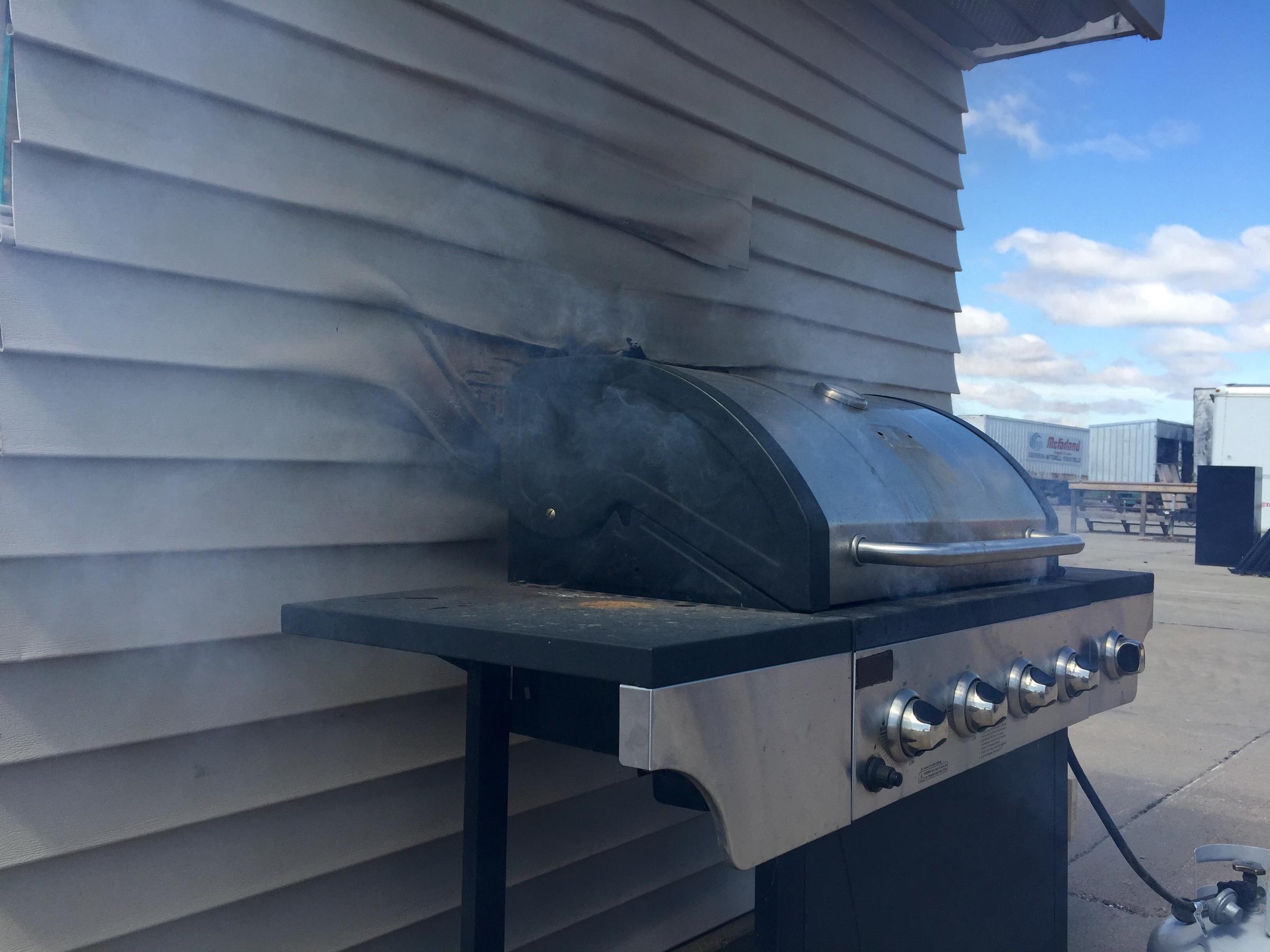

Articles
How To Protect Siding From Grill Heat
Modified: May 6, 2024
Discover effective methods and tips to protect your home's siding from the heat generated by grilling. Read our informative articles now!
(Many of the links in this article redirect to a specific reviewed product. Your purchase of these products through affiliate links helps to generate commission for Storables.com, at no extra cost. Learn more)
Introduction
Grilling is a popular outdoor cooking method that brings people together over delicious meals. However, it’s important to be mindful of the potential risks that grill heat can pose to the siding of your home. When the intense heat from the grill comes into contact with the siding material, it can lead to discoloration, warping, or even melting.
Understanding and mitigating the risks of grill heat on siding is essential to protect your home’s exterior and keep it looking its best. In this article, we will explore the different types of damage that can be caused by grill heat, the factors that increase the risk of damage, and steps you can take to protect your siding.
Key Takeaways:
- Protecting your siding from grill heat involves understanding the risks, choosing the right location, and using protective barriers. Implementing these measures ensures your siding remains in excellent condition while enjoying outdoor grilling.
- Exploring alternative cooking methods such as electric grills, smokers, and outdoor ovens provides safe options for outdoor cooking, minimizing the potential for damage to your siding. Regular maintenance and cleaning are essential for preserving the appearance and integrity of your siding.
Read more: How To Protect Grass From Heat
Understanding the risks of grill heat on siding
Before diving into preventive measures, it’s crucial to understand the potential risks that grill heat can impose on your siding. The high temperatures generated by the grill, especially when it is in close proximity to the sidewall of your home, can lead to various types of damage.
One common issue is discoloration of the siding material. The heat can cause the paint or vinyl finish to fade or change color, resulting in an unsightly appearance. Additionally, constant exposure to high heat can cause warping or distortion of the siding boards, compromising their integrity and affecting the overall aesthetic appeal of your home.
Another serious concern is the risk of melting. If the heat from the grill is intense enough, it can cause the siding material to melt, leading to permanent damage that may require replacement. This is particularly true for vinyl siding, which has a lower melting point compared to other types of siding materials.
Several factors can increase the risk of damage to your siding. The proximity of the grill to the house plays a significant role, as heat generated by the grill has a concentrated effect in close quarters. Additionally, factors such as the duration of grilling sessions, intensity of heat generated, and the condition of the siding material itself can all contribute to the potential for damage.
Preparing your grill setup
Proper preparation of your grill setup is crucial in minimizing the risk of damage to your siding. Here are some steps you can take to protect your siding while enjoying your grilling sessions:
- Choosing the right location: Select an area for your grill that is a safe distance away from the siding. Recommended guidelines suggest a minimum of 10 feet of clearance, but it’s always best to consult your grill manufacturer’s instructions for specific recommendations.
- Using protective barriers: If possible, position your grill near a non-flammable or heat-resistant barrier such as a concrete patio or stone wall. This provides an added layer of protection between the intense heat and your siding.
- Creating a heat-resistant zone: Consider setting up a heat-resistant zone around your grill using materials like heat-resistant mats or metal sheets. These can act as a buffer, absorbing and dispersing the heat away from your siding.
By implementing these measures, you can significantly reduce the risk of direct contact between the heat generated by the grill and your siding, minimizing the potential for damage.
Key Takeaways:
- Protecting your siding from grill heat involves understanding the risks, choosing the right location, and using protective barriers. Implementing these measures ensures your siding remains in excellent condition while enjoying outdoor grilling.
- Exploring alternative cooking methods such as electric grills, smokers, and outdoor ovens provides safe options for outdoor cooking, minimizing the potential for damage to your siding. Regular maintenance and cleaning are essential for preserving the appearance and integrity of your siding.
Read more: How To Protect Grass From Heat
Understanding the risks of grill heat on siding
Grilling is a popular outdoor cooking method that brings people together over delicious meals. However, it’s important to be mindful of the potential risks that grill heat can pose to the siding of your home. When the intense heat from the grill comes into contact with the siding material, it can lead to discoloration, warping, or even melting.
Understanding and mitigating the risks of grill heat on siding is essential to protect your home’s exterior and keep it looking its best. In this section, we will explore the different types of damage that can be caused by grill heat and the factors that increase the risk of damage.
Types of damage caused by grill heat
One of the common types of damage caused by grill heat is discoloration. The high temperatures generated by the grill, especially when it is in close proximity to the siding, can cause the paint or vinyl finish to fade or change color. This can result in an unsightly appearance of the siding, impacting the overall aesthetic appeal of your home.
Another potential issue is warping or distortion of the siding boards. The intense heat can cause the siding material to expand and contract rapidly, leading to warping or bending. This can compromise the structural integrity of the siding, impacting its ability to protect your home from the elements.
In more severe cases, the heat from the grill can cause the siding material to melt. This is especially true for vinyl siding, which has a lower melting point compared to other types of siding materials. Melting can result in permanent damage that may require replacement of the affected siding sections.
Read more: What Are Heated Side Mirrors
Factors that increase the risk of damage
Several factors can increase the risk of damage to your siding when grilling. The proximity of the grill to the house plays a significant role in the potential for damage. The closer the grill is to the siding, the higher the likelihood of direct heat exposure and damage. It is recommended to maintain a minimum clearance of 10 feet between the grill and the siding, although specific clearance requirements may vary based on the grill manufacturer’s instructions.
The duration and intensity of grilling sessions can also impact the risk of damage. Prolonged periods of grilling and higher heat settings generate more heat, increasing the chances of damage to the siding. Additionally, the condition of the siding material itself is a crucial factor. Old, worn-out, or damaged siding is more susceptible to heat damage than newer, well-maintained siding.
Other factors that can increase the risk include wind direction and exposure to direct sunlight. Strong winds can blow the heat towards the siding, intensifying contact with high temperatures. Direct sunlight can also contribute to the heating of the siding, exacerbating the effects of the grill heat.
By understanding the types of damage caused by grill heat and the factors that increase the risk, you can take proactive measures to protect your siding and ensure its longevity.
Preparing your grill setup
Proper preparation of your grill setup is crucial in minimizing the risk of damage to your siding. Here are some steps you can take to protect your siding while enjoying your grilling sessions:
Choosing the right location
When setting up your grill, it’s important to choose the right location. A safe distance from the siding is recommended to avoid direct contact between the intense heat and the siding material. The general guideline suggests a minimum of 10 feet of clearance between the grill and the siding. However, it’s always best to consult your grill manufacturer’s instructions for specific recommendations.
In addition to distance, consider the surroundings of your chosen location. Position your grill near a non-flammable or heat-resistant barrier like a concrete patio or a stone wall. This provides an added layer of protection between the intense heat and your siding.
Using protective barriers
Another effective measure is to use protective barriers around the grill. Heat-resistant mats or metal sheets can be placed on the ground between the grill and the siding. These barriers serve as a buffer, absorbing and dispersing the heat away from your siding. Make sure the barrier is large enough to cover the area where the heat is most concentrated.
If you have a portable grill, consider using a grill pad. These pads are specifically designed to protect surfaces from heat and grease. Place the grill pad under your grill to create a heat-resistant barrier and prevent any potential heat damage to your siding.
Read more: How To Protect Rugs From Dogs
Creating a heat-resistant zone
To provide additional protection, you can create a designated heat-resistant zone around your grill. This can be achieved by using materials such as heat-resistant mats or metal plates that are placed on the ground or a nearby surface area.
The heat-resistant mats or metal plates should be placed strategically to dissipate the heat and prevent it from reaching the siding. Depending on the size of your grill, consider extending the heat-resistant zone around the grill by a few feet to ensure adequate coverage.
When creating the heat-resistant zone, make sure the materials used can withstand high temperatures. Heat-resistant mats or metal plates specifically designed for this purpose are readily available in the market and can provide effective protection for your siding.
By choosing the right location, using protective barriers, and creating a heat-resistant zone, you can significantly reduce the risk of direct contact between the heat generated by the grill and your siding. These preventive measures will help keep your siding safe and in good condition while enjoying the pleasures of outdoor grilling.
Installing heat shields
In addition to proper grill setup and precautions, installing heat shields can provide an extra layer of protection for your siding. Heat shields are designed to deflect and disperse heat away from the grill, minimizing direct contact with the siding material. Let’s explore the types of heat shields available and the proper installation techniques.
Types of heat shields available
There are various types of heat shields available on the market, each offering different levels of protection. Here are a few common types:
- Heat-resistant panels: These panels are made from fire-resistant materials, such as metal or ceramic, and are designed to be installed on the siding closest to the grill. They act as a barrier, absorbing and dispersing heat away from the siding.
- Insulating blankets: Insulating blankets are typically made of fire-resistant fabric and are designed to wrap around the grill, creating a barrier between the heat source and the surrounding area. They are especially useful for portable grills or when a heat-resistant zone cannot be easily established.
- Heat-resistant paint or coatings: Heat-resistant paints or coatings can be applied directly to the siding surface near the grill. These coatings have high-temperature resistance and help to reflect heat away from the siding.
When choosing a heat shield, consider factors such as the proximity of the grill to the siding, the heat intensity generated by your specific grill, and the potential for heat exposure. Consult with a professional or knowledgeable supplier to determine the most suitable type of heat shield for your specific needs.
Proper installation techniques
Installing heat shields properly is crucial to ensure their effectiveness in protecting your siding. Here are some essential installation techniques:
- Clean the siding: Before installing any heat shield, ensure that the siding surface is clean and free from dirt, debris, or grease. This will improve adhesion and ensure a secure installation.
- Follow manufacturer instructions: Different heat shields may require specific installation techniques. Carefully read and follow the manufacturer’s instructions to ensure proper installation.
- Secure attachments: If the heat shield requires fasteners or brackets for installation, ensure they are securely attached to the siding. Use appropriate mounting hardware recommended by the manufacturer to avoid damage to the siding.
- Provide adequate clearance: When installing heat shields, make sure they are positioned with enough space between the siding and the shield to allow heat dissipation. This will prevent heat from being trapped and potentially causing damage to the siding.
- Regularly inspect and maintain: Periodically inspect the heat shields to ensure they are still securely in place and functioning effectively. Replace any damaged or worn-out shields promptly to maintain the protection of your siding.
Remember, proper installation of heat shields is crucial for their effectiveness in protecting your siding. If you are unsure about the installation process, it’s advisable to consult a professional or seek guidance from the manufacturer.
By installing appropriate heat shields and following proper installation techniques, you can add an extra layer of protection to your siding, reducing the risk of heat damage and ensuring the longevity of your home’s exterior.
Read more: How To Protect Grass From Cars
Utilizing alternative cooking methods
While traditional grilling can pose risks to your siding, there are alternative cooking methods available that allow you to enjoy outdoor cooking while minimizing the potential for damage. Let’s explore some alternatives to traditional grilling and discuss the benefits and drawbacks of each method.
Exploring alternatives to traditional grilling
1. Electric grills: Electric grills are a popular alternative to traditional grills that use propane or charcoal. These grills work by heating an electric element, eliminating the need for an open flame. Electric grills can be used on patios, balconies, or other areas where open flames are prohibited or undesirable.
2. Smokers: Smokers are excellent for slow cooking meats, giving them a distinct smoky flavor. They rely on low-temperature, slow-cooking methods, making them a safe alternative for the siding. Smokers are versatile and can be used for a variety of meats, vegetables, and even cheeses.
3. Outdoor ovens: Outdoor pizza ovens or wood-fired ovens are becoming increasingly popular. These ovens use wood or charcoal as fuel to create high heat for baking pizzas, roasting meats, or even baking bread. Outdoor ovens provide a unique cooking experience and can be a beautiful addition to any outdoor kitchen setup.
4. Portable cookers: Portable cookers, such as portable gas stoves or camping grills, offer a versatile cooking solution. These compact cookers can be used with small propane canisters and are ideal for camping trips, picnics, or any outdoor activity where a full-sized grill may not be practical.
5. Induction cookers: Induction cookers use electromagnetic fields to heat the cookware directly, rather than heating the surrounding air. These cookers are energy-efficient and provide precise control over the cooking temperature. They are also safe to use near siding as there is no open flame or direct heat.
Benefits and drawbacks of each method
While these alternative cooking methods offer advantages, it’s important to consider their benefits and drawbacks:
- Electric grills:
- Benefits: Easy to use, convenient, and can be used in areas where open flames are restricted or prohibited.
- Drawbacks: May not provide the same flavor as traditional grills and may not achieve high temperatures for searing meat.
- Smokers:
- Benefits: Produce rich, smoky flavors, ideal for slow-cooking meats, and can be used with a variety of wood chips for different flavors.
- Drawbacks: Require longer cooking times, may not be suitable for quick meals, and require adequate space for proper ventilation.
- Outdoor ovens:
- Benefits: Versatile cooking options, high heat for baking pizza or roasting meats, and add aesthetic value to outdoor spaces.
- Drawbacks: Require space and installation, longer preheating times, and can be pricey.
- Portable cookers:
- Benefits: Compact and portable, versatile for various outdoor activities or limited spaces, and easy to set up and use.
- Drawbacks: Limited cooking surface and may not provide the grilling experience of a full-sized grill.
- Induction cookers:
- Benefits: Energy-efficient, safe to use near siding, precise temperature control, and no open flames.
- Drawbacks: Require cookware compatible with induction heating and may not provide an authentic grilling experience.
When considering alternative cooking methods, it’s important to choose the one that aligns with your cooking preferences, available space, and local regulations. Each method offers its own unique benefits and drawbacks, so you can select the one that best suits your needs while minimizing the risk to your siding.
Regular maintenance and cleaning
Regular maintenance and cleaning are crucial in keeping your siding in good condition and preventing damage caused by grilling or other factors. By implementing proper maintenance practices, you can prolong the lifespan of your siding and maintain its appearance. Let’s explore the importance of regular maintenance and provide some cleaning tips and tricks to prevent damage.
Read more: How To Protect Backsplash From Grease
Importance of regular maintenance
Regular maintenance helps to identify and address any issues with your siding before they escalate and lead to more significant damage. Here are a few reasons why regular maintenance is essential:
- Preventing moisture damage: Properly maintained siding acts as a protective barrier against moisture. Regular inspections and maintenance can help identify any areas of concern, such as cracks or gaps, which could allow water to seep behind the siding. Addressing these issues promptly prevents moisture damage, including rot or mold growth.
- Preserving appearance: Over time, siding can accumulate dirt, debris, and grime. Regular cleaning helps to remove these contaminants and keeps your siding looking fresh and vibrant. It also prevents the build-up of stains that could be caused by grilling or other outdoor activities.
- Maintaining structural integrity: Regular maintenance helps to ensure that the siding is secure and properly attached to the house. Loose or damaged siding boards can be reattached or replaced. This helps maintain the structural integrity of your siding and prevents potential issues during extreme weather conditions.
- Preventing heat damage: Regular maintenance allows you to inspect the areas surrounding your grill for signs of heat damage. If any damage is detected, it can be addressed promptly to prevent further deterioration and protect your siding.
Cleaning tips and tricks to prevent damage
Regular cleaning is an important part of maintaining your siding and preventing damage. Here are some tips and tricks to keep in mind:
- Use a gentle cleaning solution: Mix a solution of warm water and mild soap or a specialized siding cleaner. Avoid using harsh chemicals or abrasive cleaners, as they can damage the siding material.
- Test the cleaning solution: Before applying the cleaning solution to the entire siding, test it on a small, inconspicuous area to ensure it does not cause any discoloration or damage.
- Start from the bottom: Begin cleaning from the bottom of the siding and work your way up to ensure that any dirt or cleaning solution does not streak or stain the lower areas.
- Rinse thoroughly: After cleaning, rinse the siding thoroughly with a garden hose to remove any soap residue or remaining dirt. Ensure that the water flow is directed away from the siding and any vulnerable areas.
- Use a soft brush or cloth: For stubborn stains or localized areas of dirt accumulation, use a soft-bristle brush or cloth to gently scrub the affected area. Avoid applying excessive pressure to prevent scratching or damaging the siding.
- Inspect for damage: While cleaning, take the opportunity to inspect the siding for any signs of damage or wear. Look for cracks, dents, or loose boards. If you notice any issues, address them promptly to prevent further damage.
- Avoid high-pressure washing: While pressure washing may seem like an efficient cleaning method, it can be too harsh for certain types of siding. High-pressure water can force its way behind the siding, causing moisture damage. Use low-pressure settings or consider alternative cleaning methods if necessary.
By regularly maintaining and cleaning your siding, you can prevent damage caused by grilling or other factors. Implementing these tips and tricks will help preserve the appearance and integrity of your siding, ensuring that it continues to protect your home for years to come.
Conclusion
Protecting your siding from grill heat is vital to maintain the beauty and integrity of your home’s exterior. By understanding the risks of grill heat on siding and implementing preventative measures, you can ensure that your siding remains in excellent condition. Choosing the right location, using protective barriers, and creating a heat-resistant zone around your grill are essential steps in minimizing the risk of heat damage to your siding.
Installing heat shields and exploring alternative cooking methods like electric grills, smokers, outdoor ovens, portable cookers, or induction cookers can provide additional layers of protection and allow you to continue enjoying outdoor cooking without compromising the safety of your siding.
Regular maintenance and cleaning are key to preventing damage to your siding. By inspecting your siding regularly and addressing any issues promptly, you can extend its lifespan and prevent moisture damage, heat damage, and other potential problems. Cleaning your siding with a gentle solution and using proper techniques will help maintain its appearance and remove dirt and grime that can accumulate over time.
In conclusion, protecting your siding from grill heat requires a combination of proactive measures, regular maintenance, and proper cleaning techniques. By following these guidelines, you can ensure that your siding remains beautiful and intact while enjoying the pleasures of outdoor grilling. Remember, consult with professionals or manufacturer guidelines for specific recommendations and best practices relevant to your specific siding type and grill setup.
Now that you've learned how to shield your home's siding from grill heat, why not ensure all aspects of your residence are in top shape? Dive into our next feature, where we cover essential tasks homeowners should routinely perform. From checking gutters to inspecting roofing, this article is packed with straightforward advice to keep your dwelling looking its best year-round.
Frequently Asked Questions about How To Protect Siding From Grill Heat
Was this page helpful?
At Storables.com, we guarantee accurate and reliable information. Our content, validated by Expert Board Contributors, is crafted following stringent Editorial Policies. We're committed to providing you with well-researched, expert-backed insights for all your informational needs.
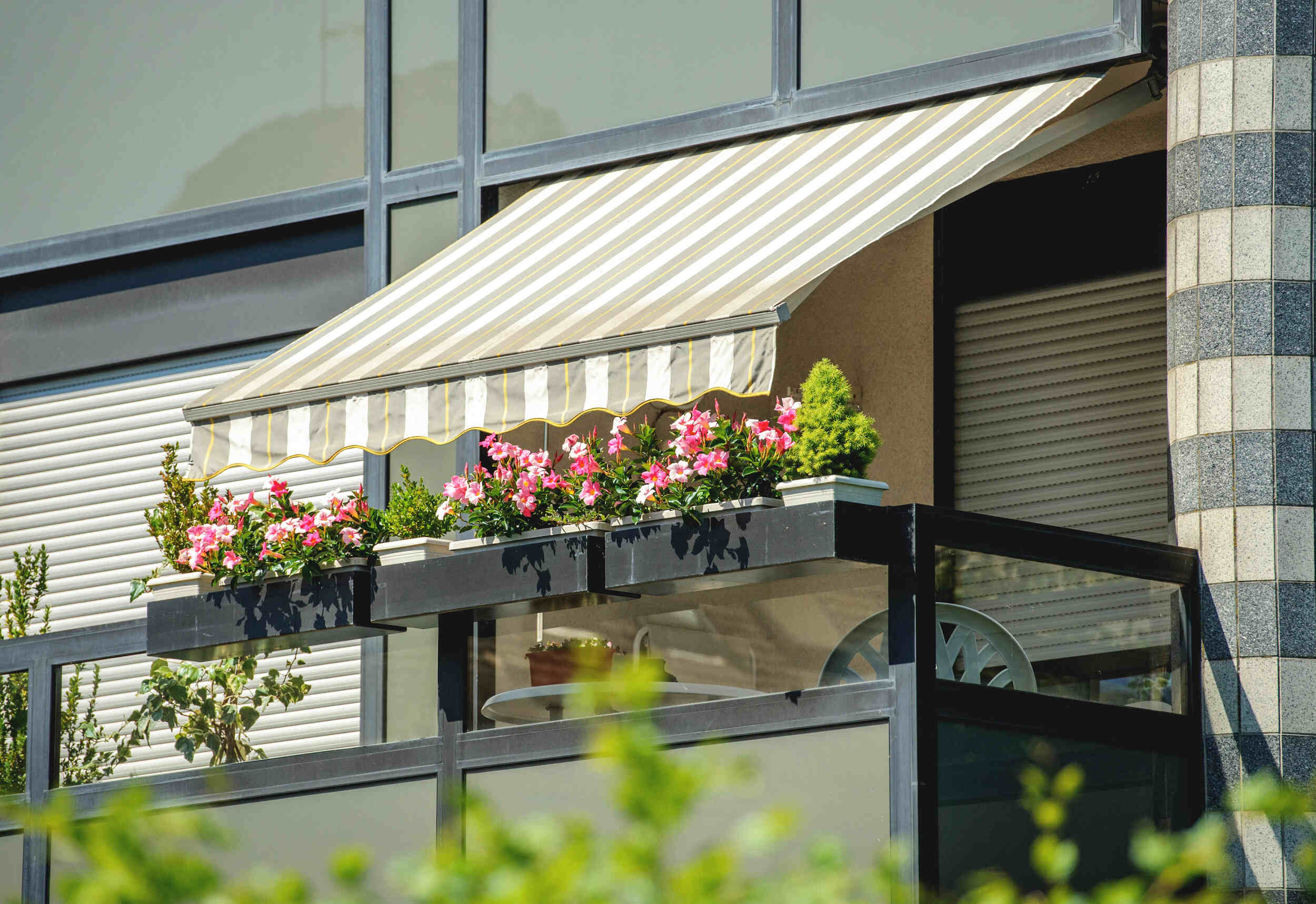
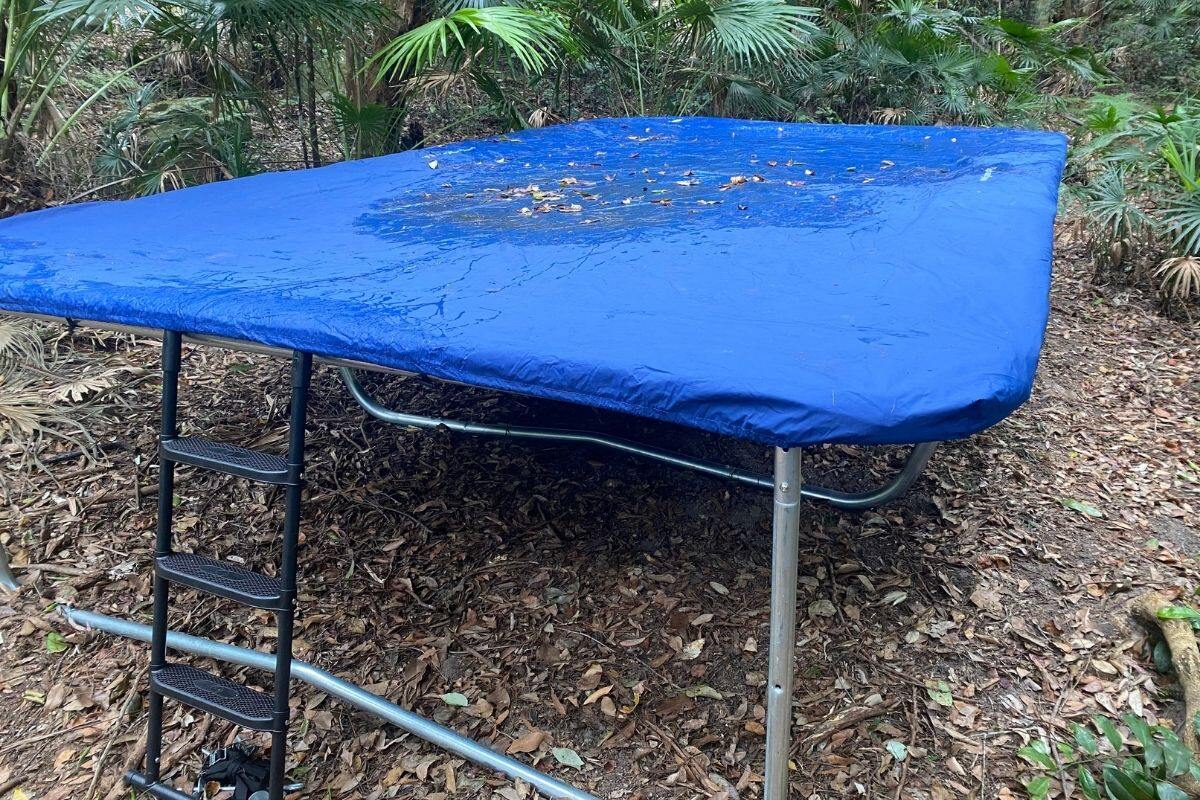
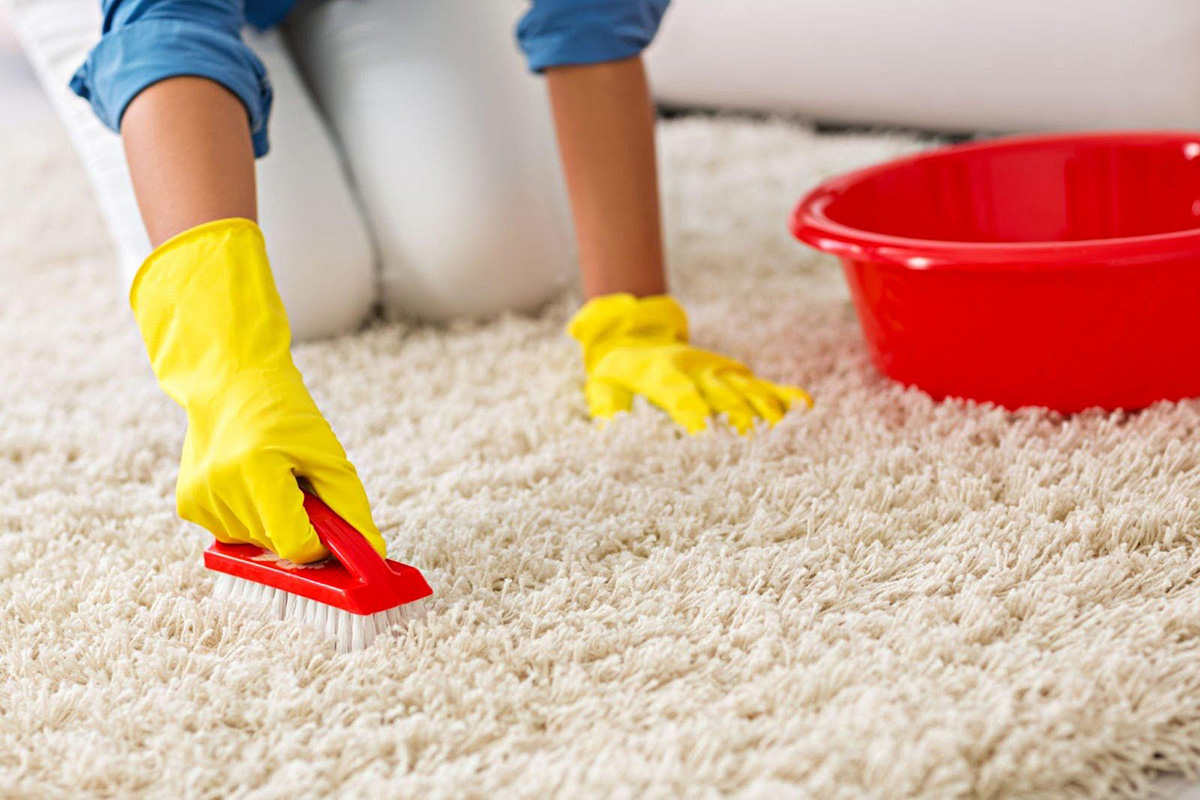
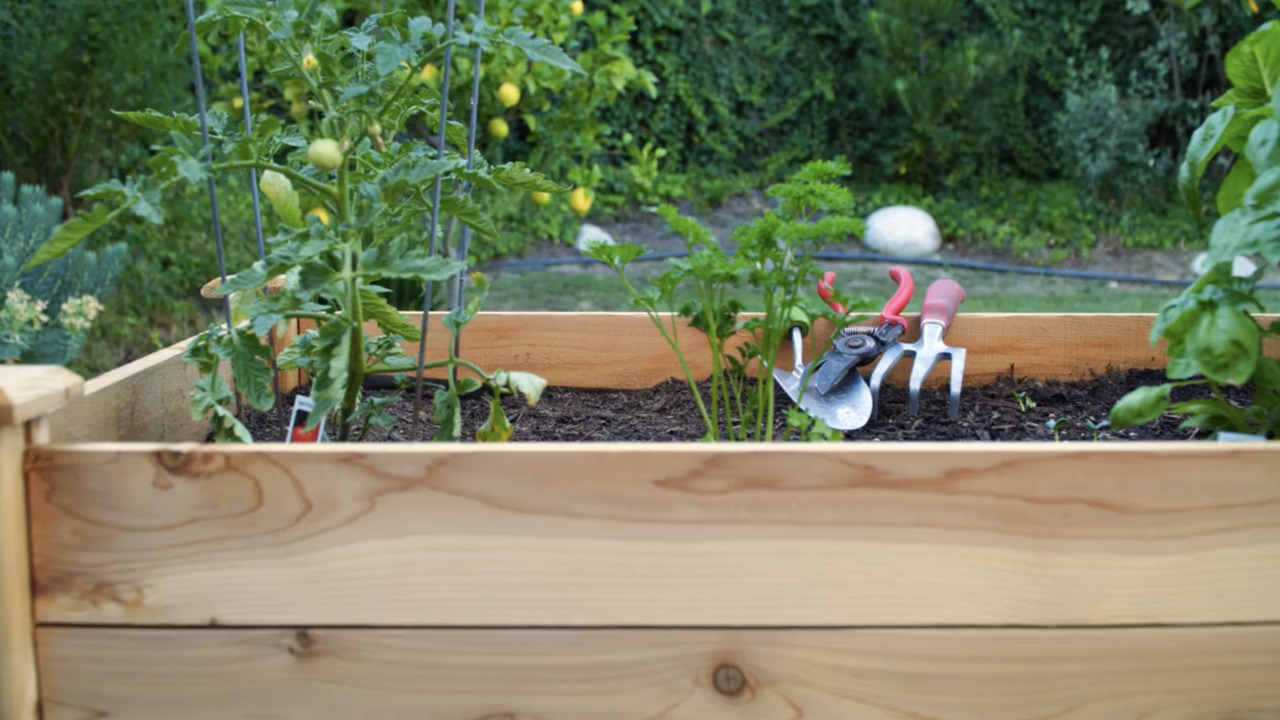
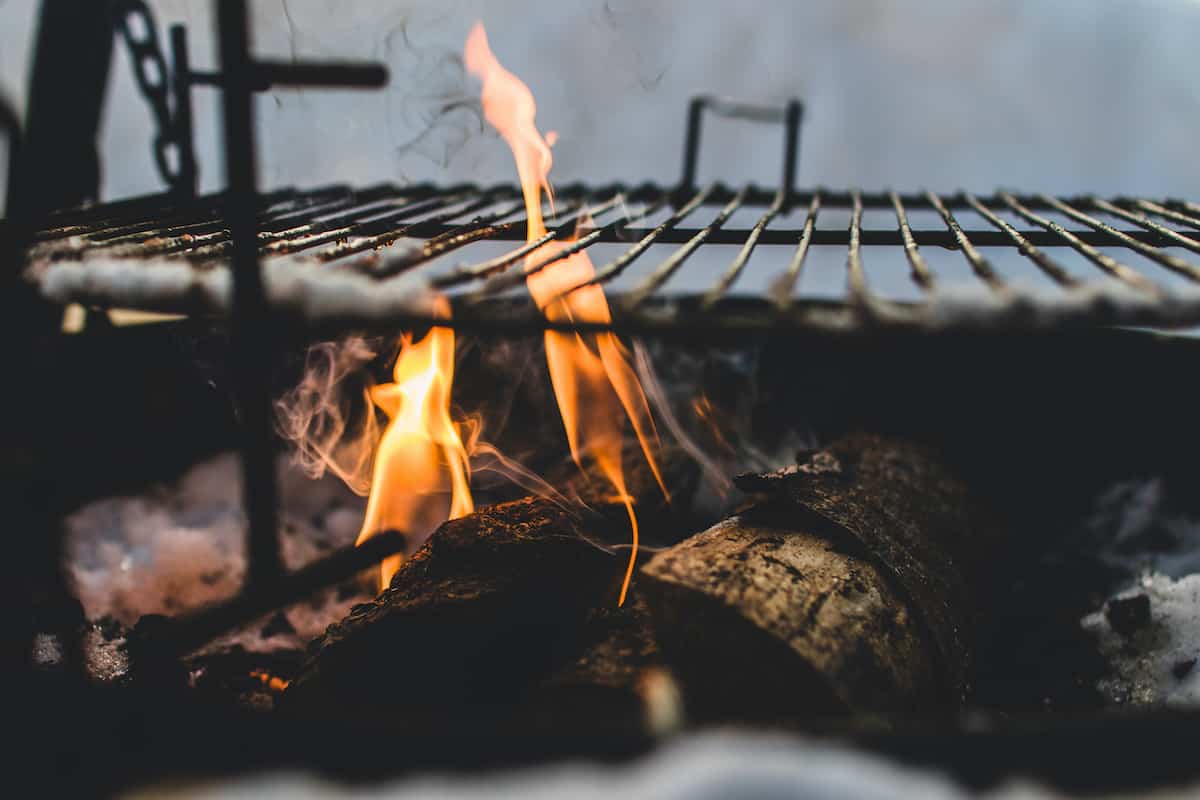
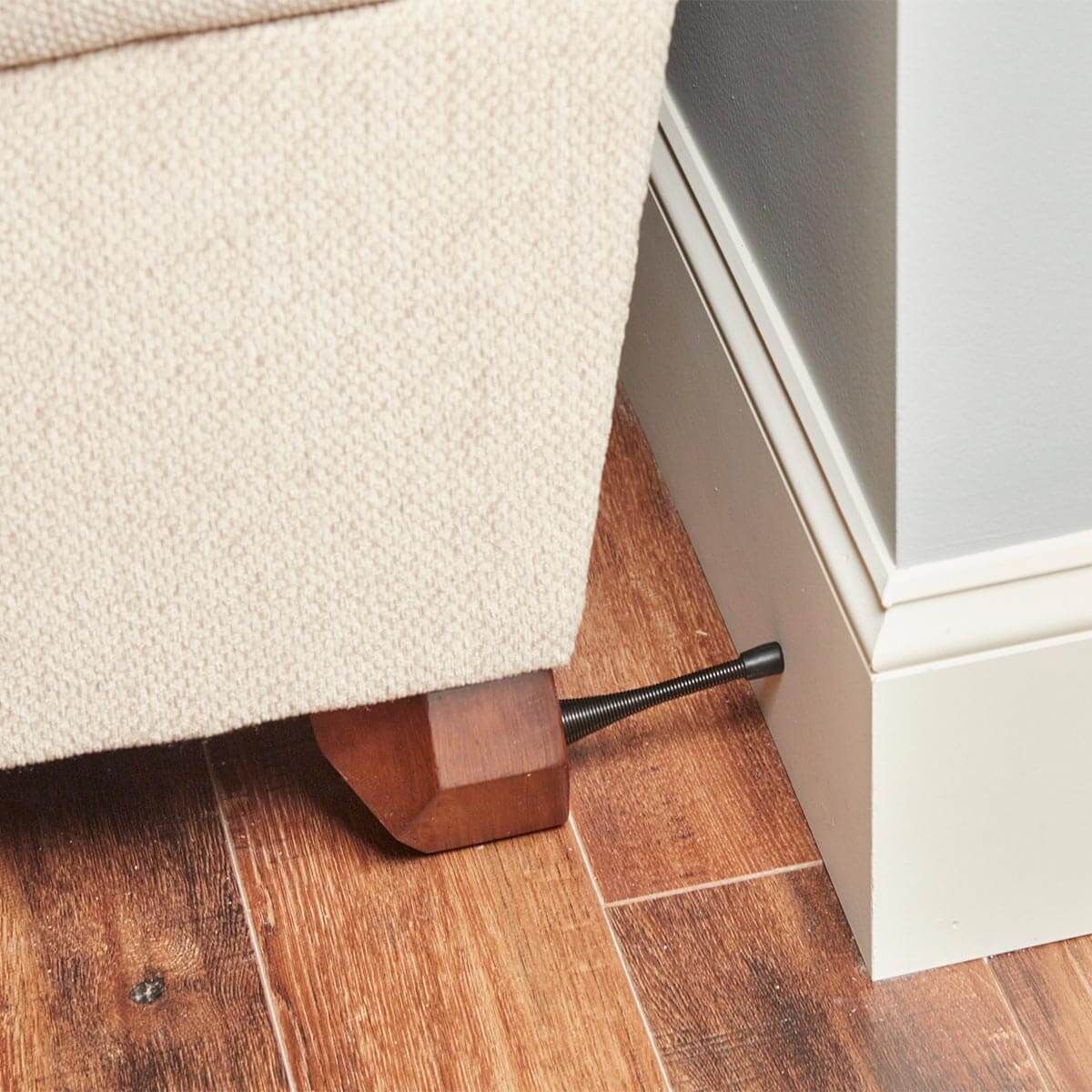
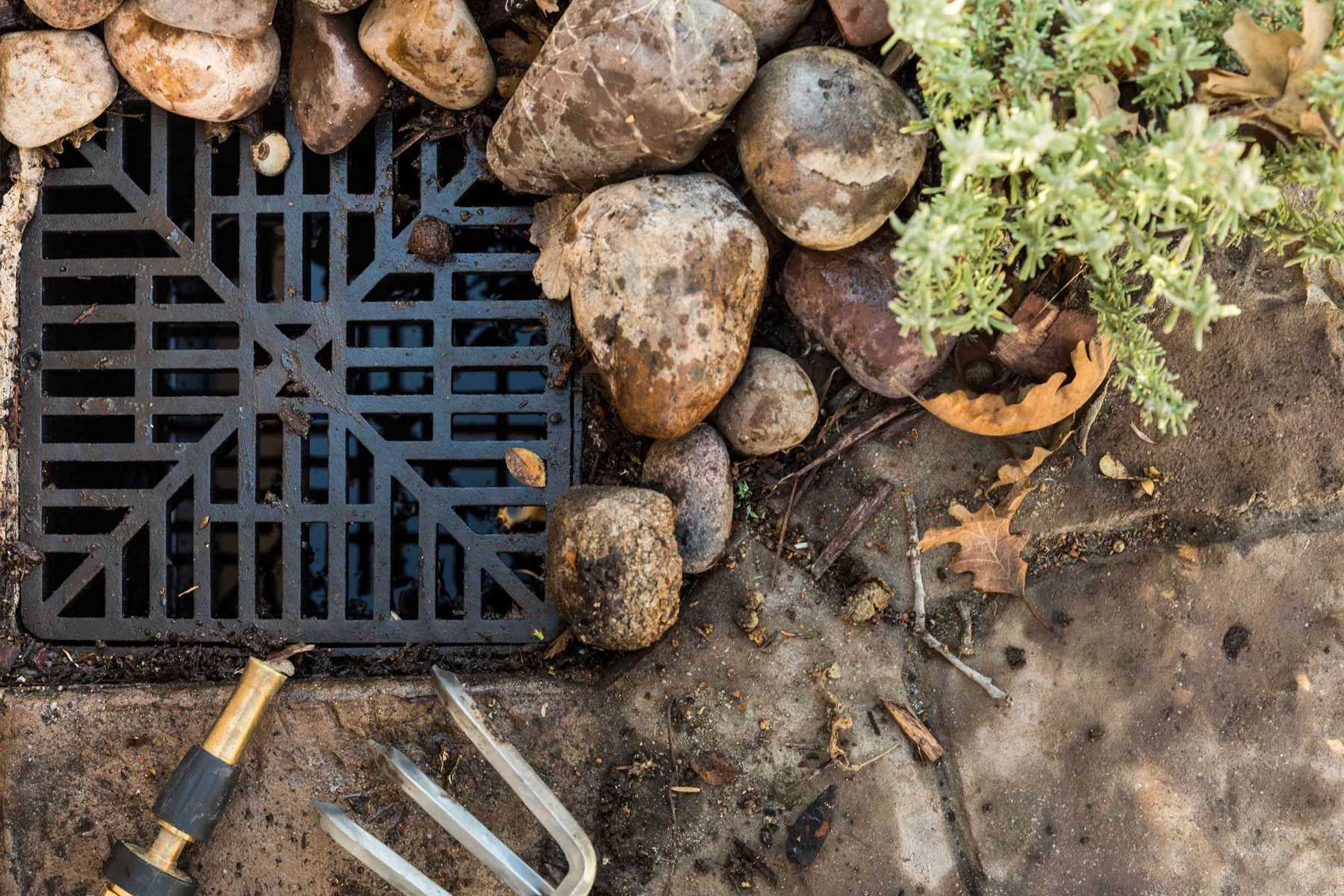

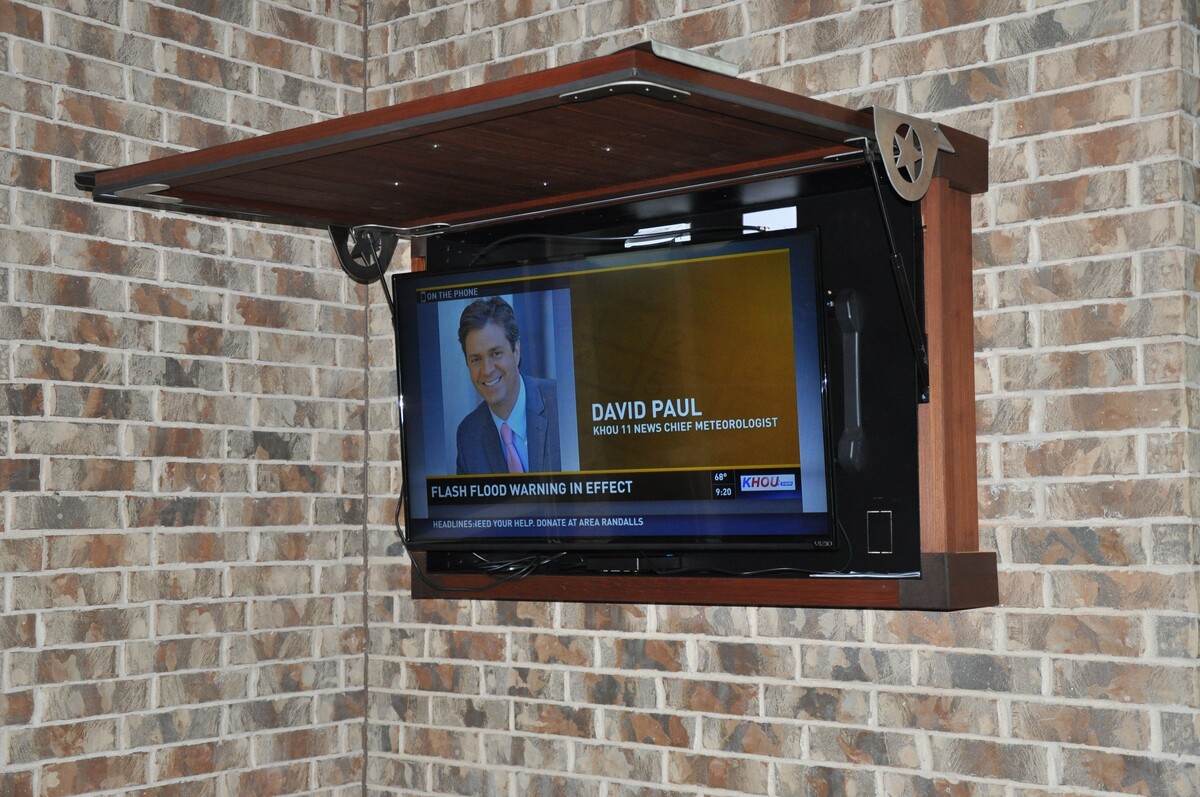
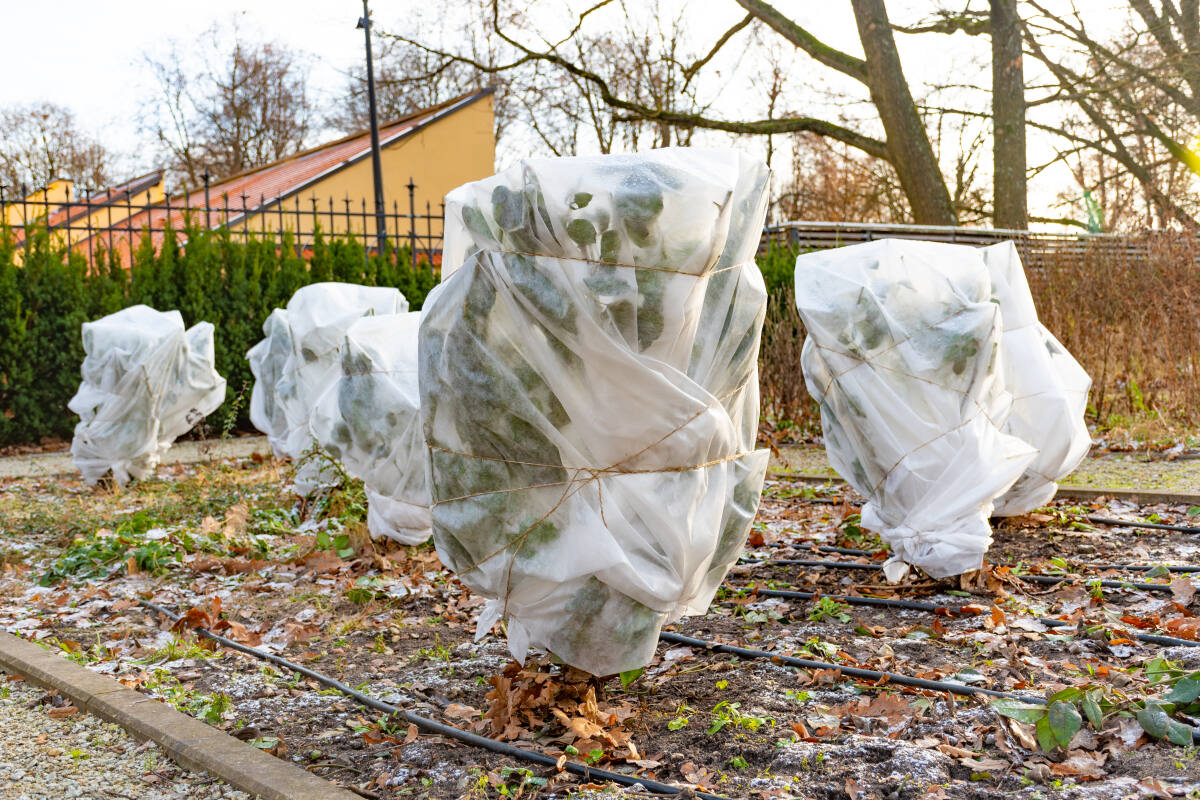
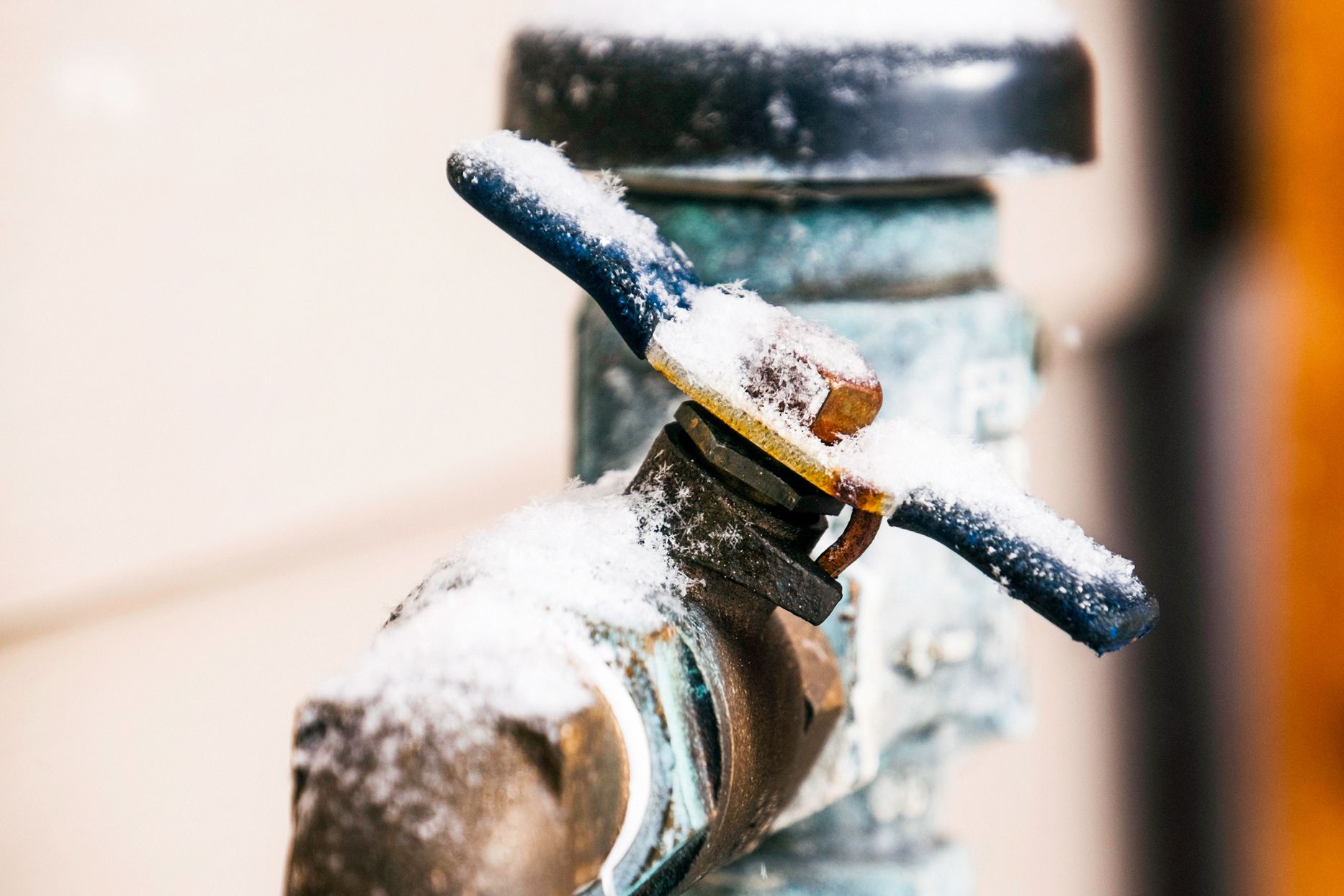

0 thoughts on “How To Protect Siding From Grill Heat”